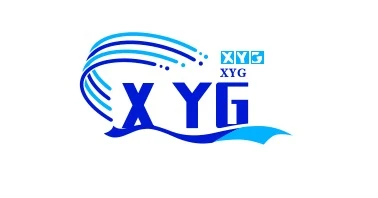
News
сак . 14, 2024 10:16 Back to list
What are anabolic steroids and other appearance and performance enhancing drugs
Anabolic-androgenic steroids, often shortened to "anabolic steroids," "steroids," or "androgens,"2,3 are the most widely misused APED. These are synthetic substances similar to the male sex hormone testosterone. They promote the growth of skeletal muscle (anabolic effects) and the development of male sexual characteristics (androgenic effects) in both males and females.2
These compounds are sometimes used medically to treat delayed puberty and muscle loss due to disease4 and to treat low levels of testosterone in men with an associated medical condition.5 Anabolic androgenic steroids can also improve feelings of well-being and increase bone strength, but are not approved for these purposes. However, testosterone-supplementation therapy is an increasingly common treatment for mood and sexual performance problems associated with male aging, and it is controversially being prescribed even for younger men.6
Note that in the context of this report, anabolic steroids refer only to the non-prescribed use (misuse) of testosterone and testosterone-like substances by athletes and non-athlete bodybuilders. This research report will not cover image enhancers, such as dermal fillers, Botox, or the skin tanner, melanotan.7
Non-steroidal anabolics, include insulin, insulin-like growth hormone (IGF), and human growth hormone (HGH)—substances that are produced by the human body and are prescribed for legitimate medical uses but also sometimes misused for performance enhancement.
Ergo/thermogenics are compounds used to decrease body fat or to promote leanness versus muscle mass in endurance athletes.8 The three main categories of ergo/thermogenics are:
- Xanthines: compounds that increase attention and wakefulness and suppress appetite. Examples are caffeine, the asthma drug theophylline, and theobromine—a substance found in chocolate, coffee, and tea.9
- Sympathomimetics: drugs that are similar in structure and action to epinephrine and norepinephrine—natural chemicals in the body that increase heart rate, constrict blood vessels, and raise blood pressure. An example is ephedrine, which is derived from the ephedra plant. Ephedrine/ephedra used to be included in dietary supplements that promoted weight loss, increased energy, and enhanced athletic performance.10 In 2004, the FDA banned the U.S. sale of dietary supplements containing ephedrine/ephedra due to various possible health risks including cardiovascular and nervous system effects.11
- Thyroid hormones: substances that regulate metabolism by altering the function of the thyroid.12 Cytomel is an example.
Nutritional/dietary supplements are substances purchased legally from nutritional stores or via the internet that are often taken in combination with other APEDs. Creatine, which boosts exercise capacity, is one common example.
In the United States, dietary supplements containing steroid precursors such as tetrahydrogestrinone (THG) and androstenedione previously could be purchased legally without a prescription. Athletes took steroid precursors in an effort to boost testosterone levels. Less is known about the side effects of steroid precursors, but if large quantities of these compounds substantially increase testosterone levels in the body, then they also are likely to produce the same side effects as anabolic steroids themselves.13 The purchase of these supplements, with the notable exception of dehydroepiandrosterone (DHEA), became illegal after the passage of the Anabolic Steroid Control Act of 2004, which amended the Controlled Substances Act.14
-
Using tadalafil to promote hair growth and combat hair loss effectively.
NewsJul.10,2024
-
Generating a title similar to palmitoyl oligopeptide could be Oligopeptide containing palmitoyl for skincare benefits and rejuvenation.
NewsJul.10,2024
-
Similarity of the compound tra% 100mg/ml in different pharmaceutical formulations
NewsJul.10,2024
-
Negative impacts of tadalafil on health and well-being
NewsJul.10,2024
-
Anastrozole 0.5 mg twice per week for treatment of cancer patients
NewsJul.10,2024
-
Reviewing the effectiveness of kisspeptin in enhancing reproductive health and fertility.
NewsJul.10,2024

